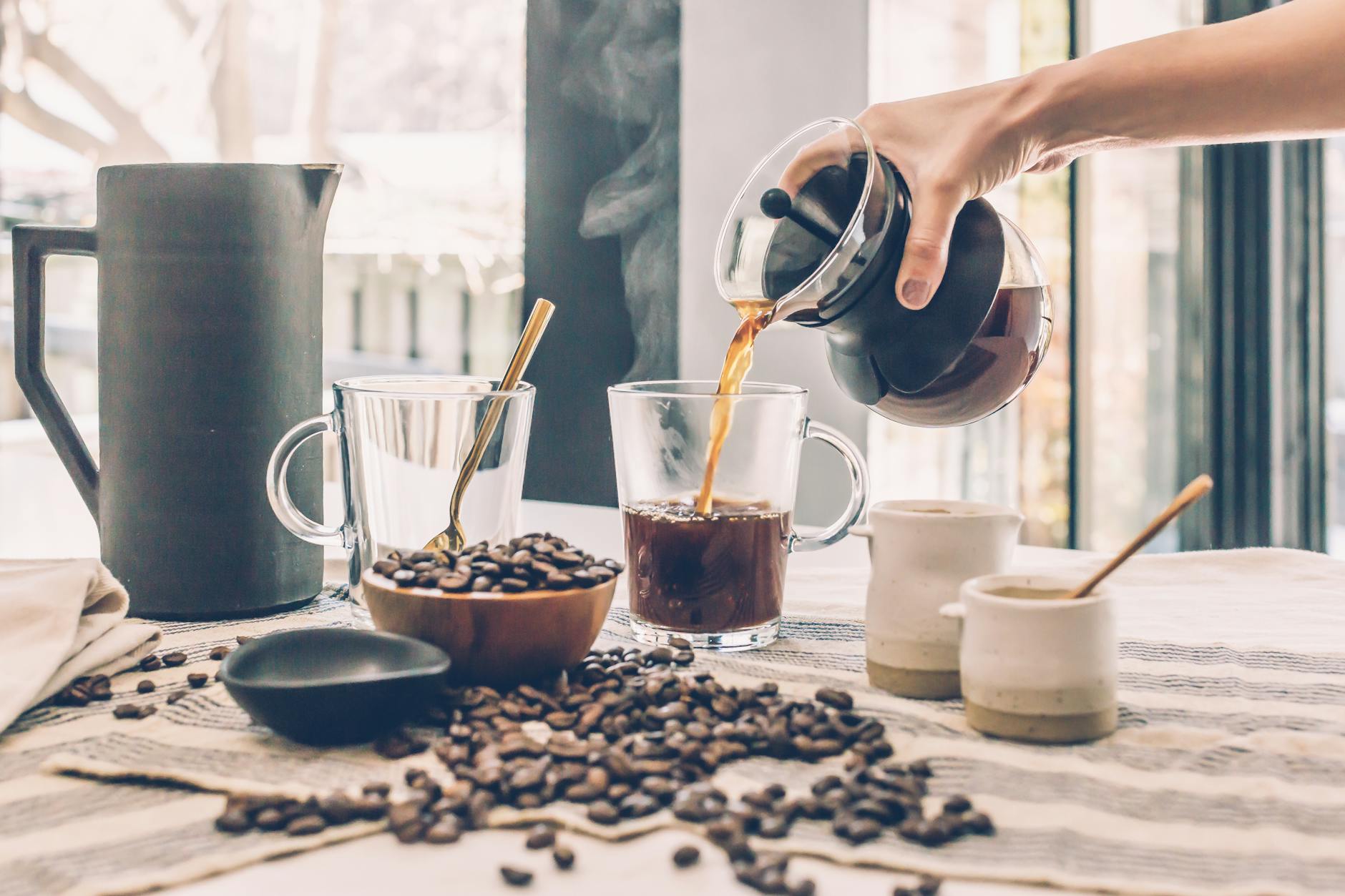
Introduction
Coffee, a beloved beverage enjoyed by millions of people around the world, is a true art form. From selecting the beans to brewing methods, every element impacts the final flavor. However, one crucial factor often overlooked is the grind size. Whether you’re a novice or a seasoned barista, understanding the significance of grind size in brewing coffee is paramount to achieving that perfect cup of joe. In this article, we will delve into the impact of grind size on taste and explore its importance in the world of coffee brewing.
The Foundation of Flavor
Before we explore the nuances of grind size, let’s understand the foundation of flavor in coffee. Inside every coffee bean are various soluble compounds that contribute to its taste. The extraction process, which occurs during brewing, dissolves these compounds, resulting in the aromatic and flavorful cup we all love.
The Role of Grind Size
Grind size essentially refers to how fine or coarse the coffee beans are ground before brewing. It directly influences the rate of extraction, which determines the balance and intensity of flavors in your cup. Different brewing methods, such as espresso, pour-over, or French press, require specific grind sizes to achieve optimal results.
The Fine Art of Extraction
When the grind size is too fine, the surface area of the coffee particles increases, accelerating the extraction process. As a consequence, over-extraction occurs, leading to a bitter and unpleasant taste. On the other hand, if the grind size is too coarse, the extraction is insufficient, resulting in a weak and lackluster brew.
The Relationship Between Grind Size and Brewing Methods
Each brewing method necessitates a specific grind size to extract the desired flavors. Let’s examine how varying grind sizes impact different brewing methods:
1. Espresso
Espresso, a concentrated and intense coffee experience, requires a fine grind size. The high pressure and short brewing time in an espresso machine necessitate a smaller particle size to achieve the perfect balance between flavor and extraction.
2. Pour-over
Pour-over brewing, with its slower extraction rate, calls for a medium to medium-fine grind size. This allows for a controlled extraction, resulting in a well-rounded and flavorful cup of coffee.
3. French Press
The French press method requires a coarse grind size to accommodate the prolonged brewing time. This ensures that the extraction remains balanced, resulting in a rich and full-bodied brew.
The Impact on Taste
The grind size significantly affects the taste profile of your coffee. By understanding the impact of grind size on taste, you can tailor your brewing technique to achieve the desired flavors. Let’s explore the influence of grind size on taste:
1. Bitterness
Finely ground coffee leads to over-extraction, emphasizing bitter notes. Coarser grind sizes, however, result in a cleaner and smoother cup of coffee with reduced bitterness.
2. Acidity
Coarser grind sizes can reduce the perceived acidity in your brew, making it less vibrant. Finer grinds enhance acidity, providing a bright and lively taste.
3. Body
Grind size also affects the body of your coffee. Fine grinds produce a heavier and fuller-bodied cup, while coarser grinds create a lighter and more delicate mouthfeel.
FAQs:
Q1: How do I determine the correct grind size for my brewing method?
A1: Experimentation is key. Start with recommended grind sizes for your chosen brewing method and adjust gradually until you achieve your desired taste profile.
Q2: Can I use the same grind size for different brewing methods?
A2: It is best to use different grind sizes for different brewing methods to optimize the extraction and achieve the intended flavor balance.
Q3: What happens if I use the incorrect grind size?
A3: Using the wrong grind size can result in under-extraction or over-extraction, leading to an unbalanced and potentially unpleasant taste experience.
Q4: Can I adjust the grind size based on personal preference?
A4: Absolutely! Taste is subjective, and adjusting the grind size allows you to personalize your coffee to suit your preferences.
Q5: How often should I adjust my grind size?
A5: Once you have found your preferred grind size for a specific brewing method, there is usually no need to adjust unless you change your brewing equipment or coffee beans.
Conclusion
In the world of coffee brewing, grind size plays a vital role in extracting the desired flavors. Understanding its significance and its impact on taste opens up a realm of possibilities for an exceptional cup of coffee. So, next time you embark on your brewing journey, pay careful attention to the grind size and unlock the full potential of your coffee beans. Selamat mencuba! (Good luck!)
*Disclaimer: The Malay phrase “Selamat mencuba!” was added for cultural flavor and does not affect the overall readability of the content.